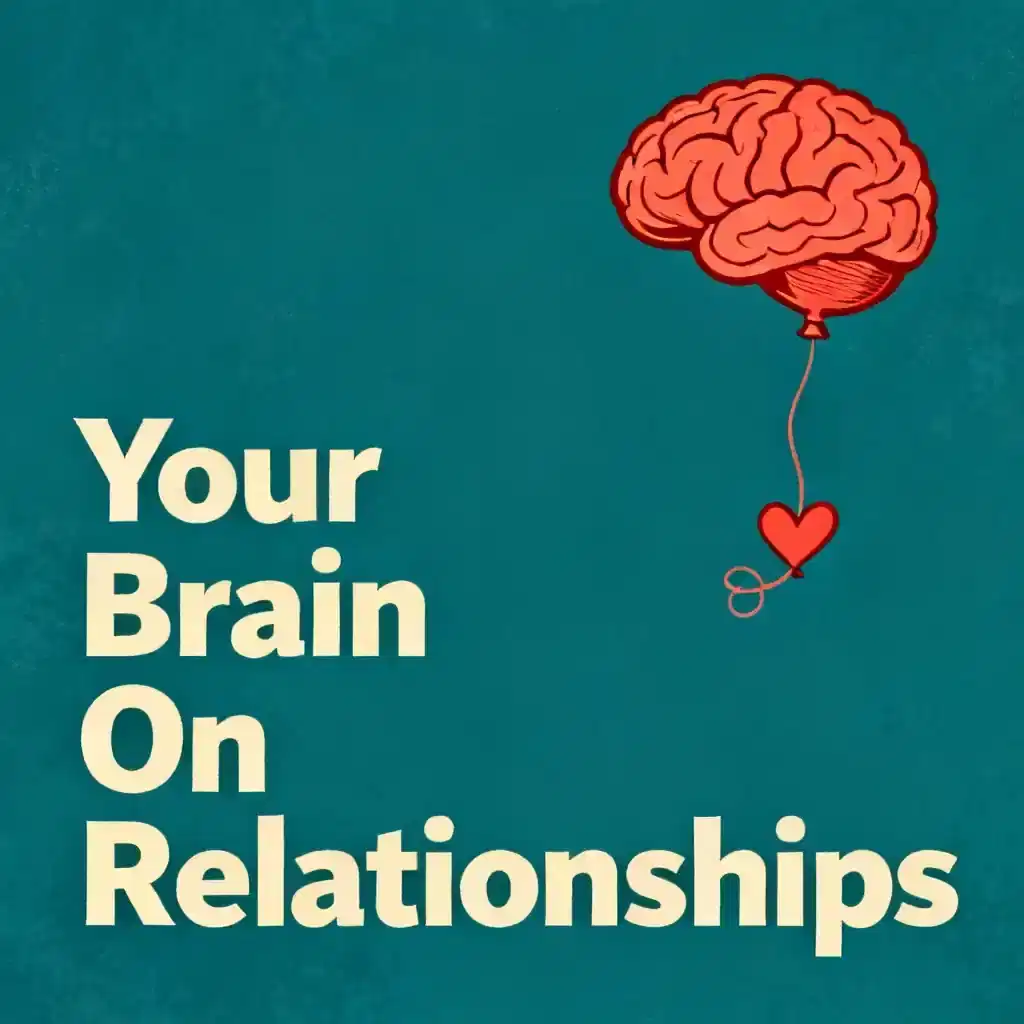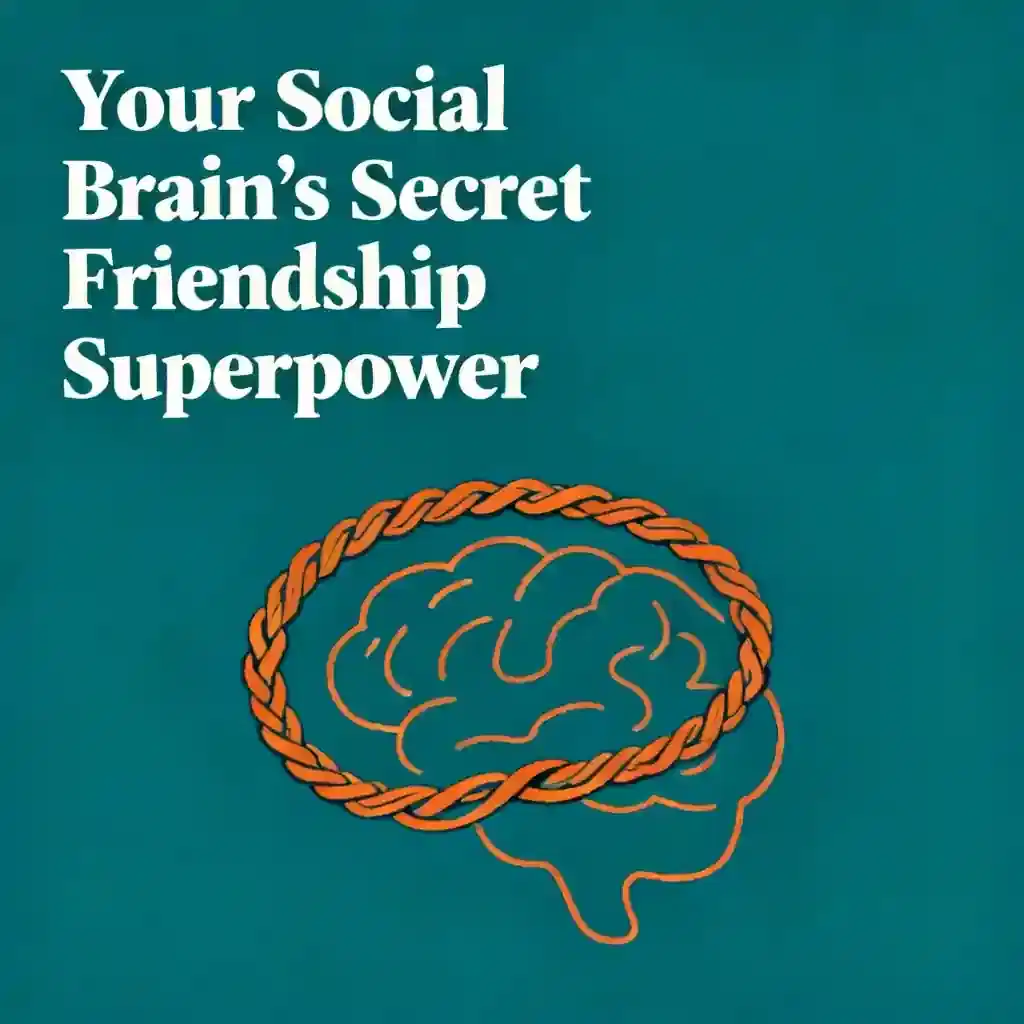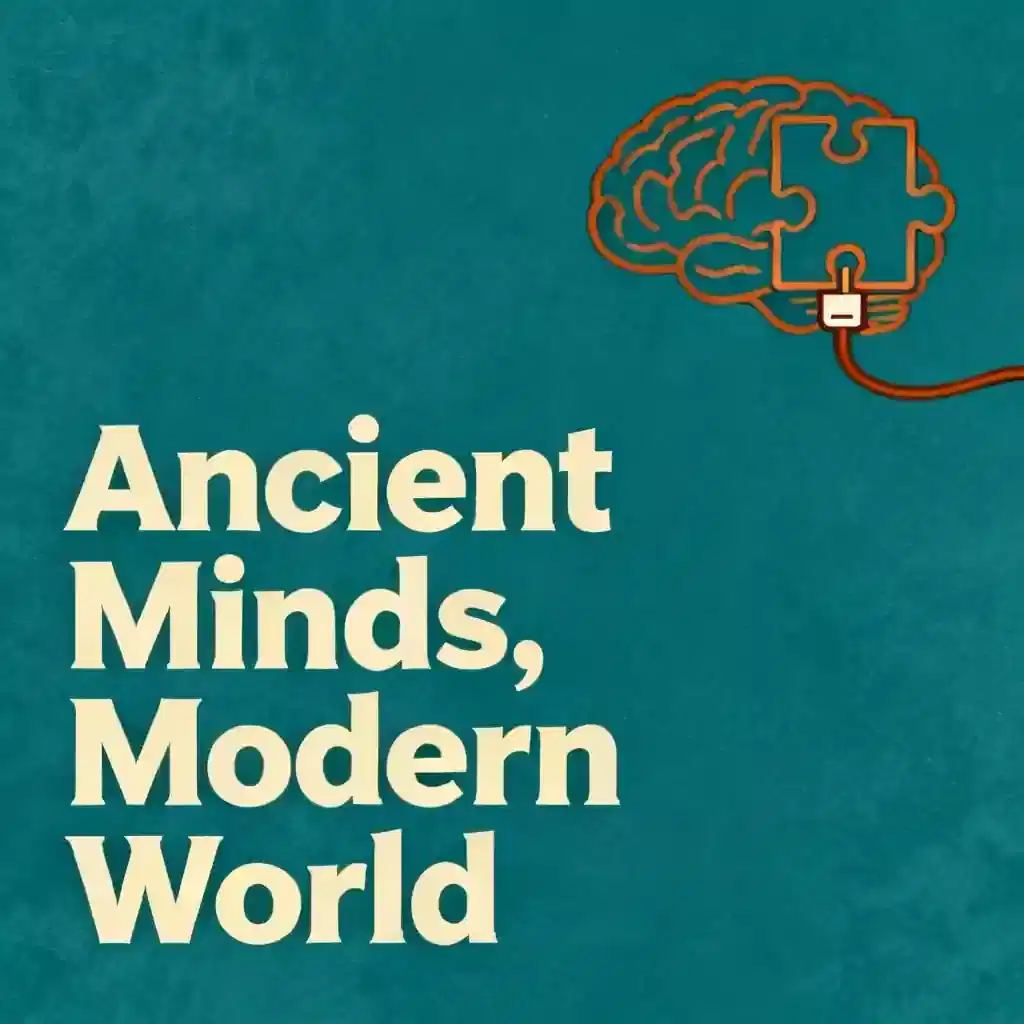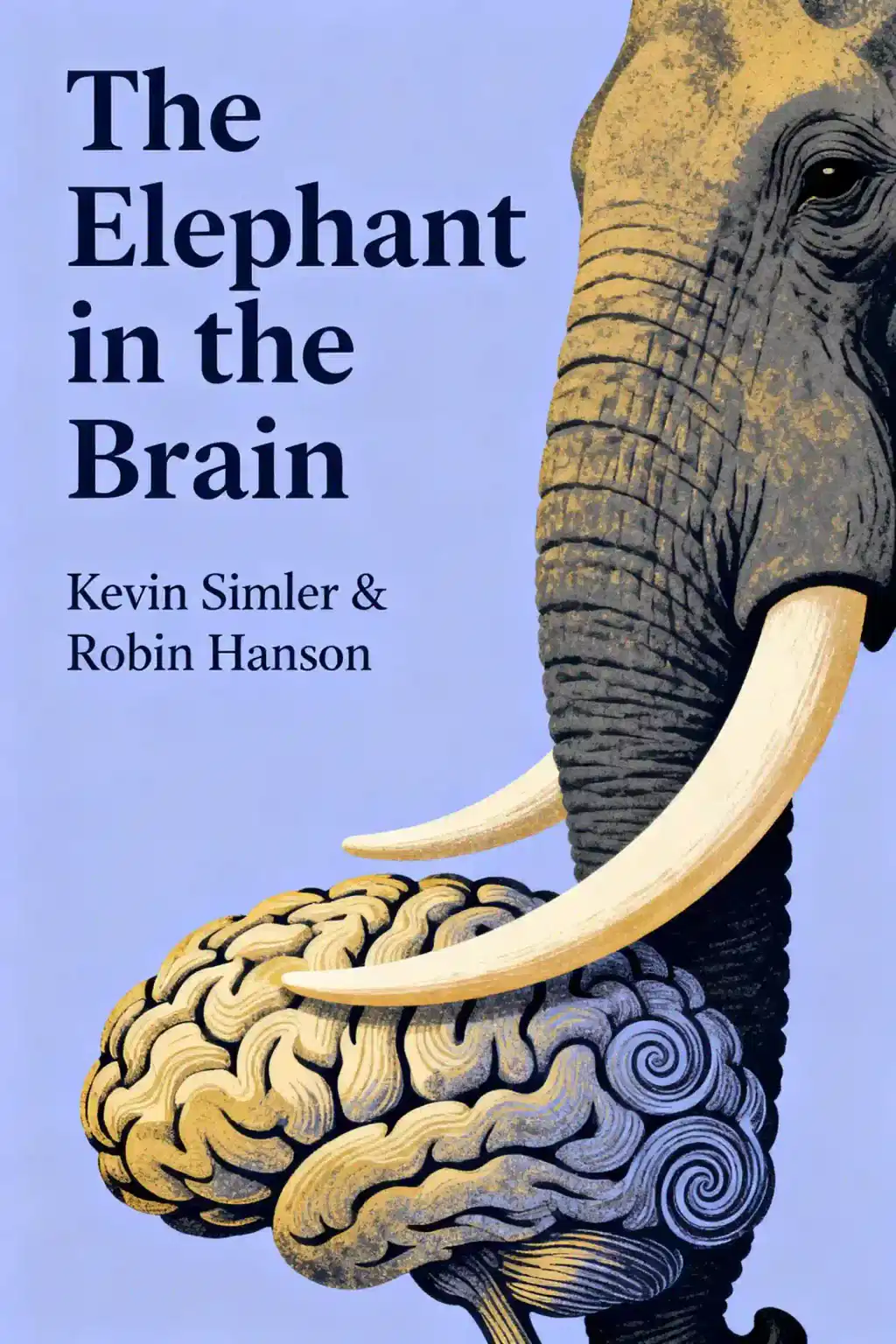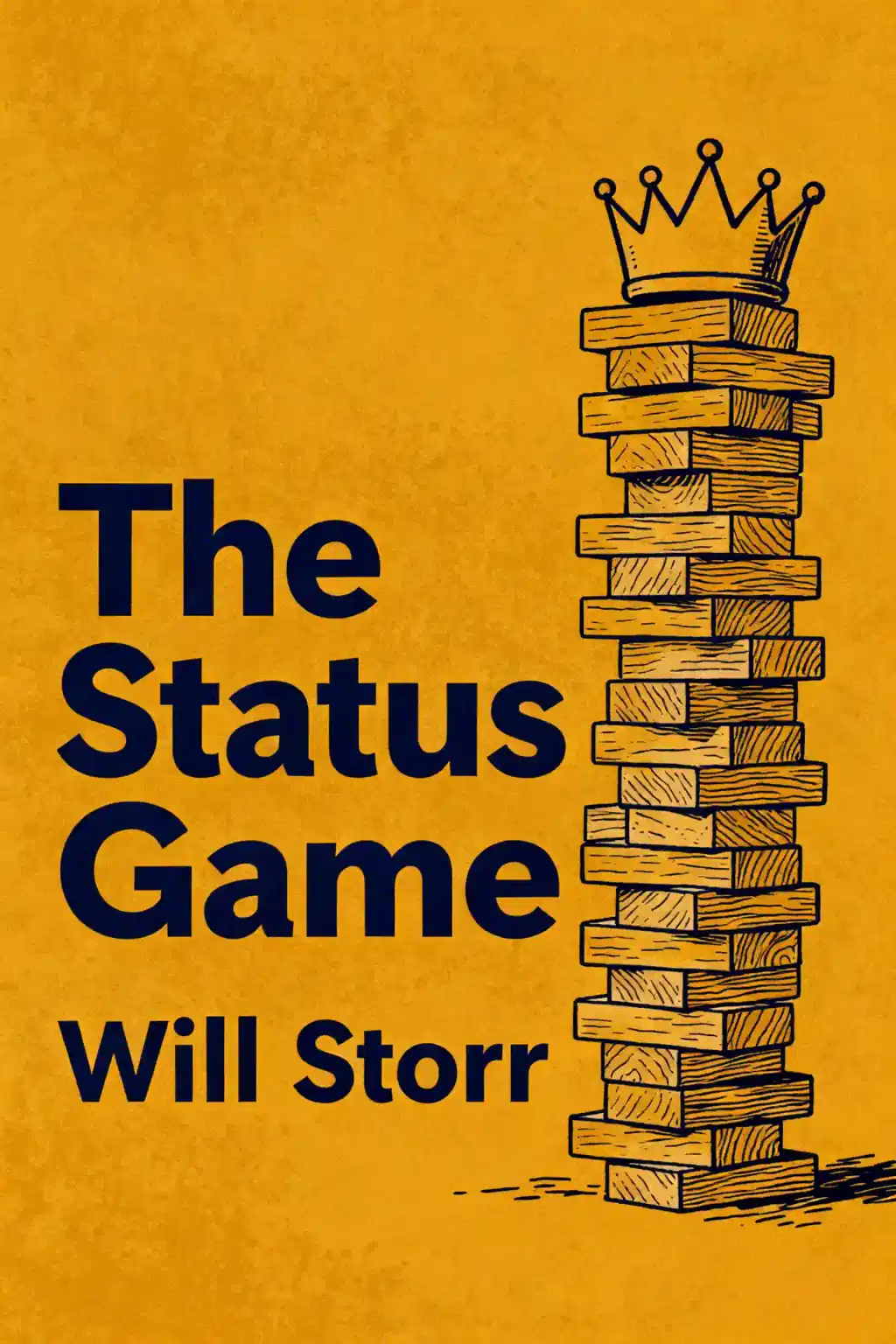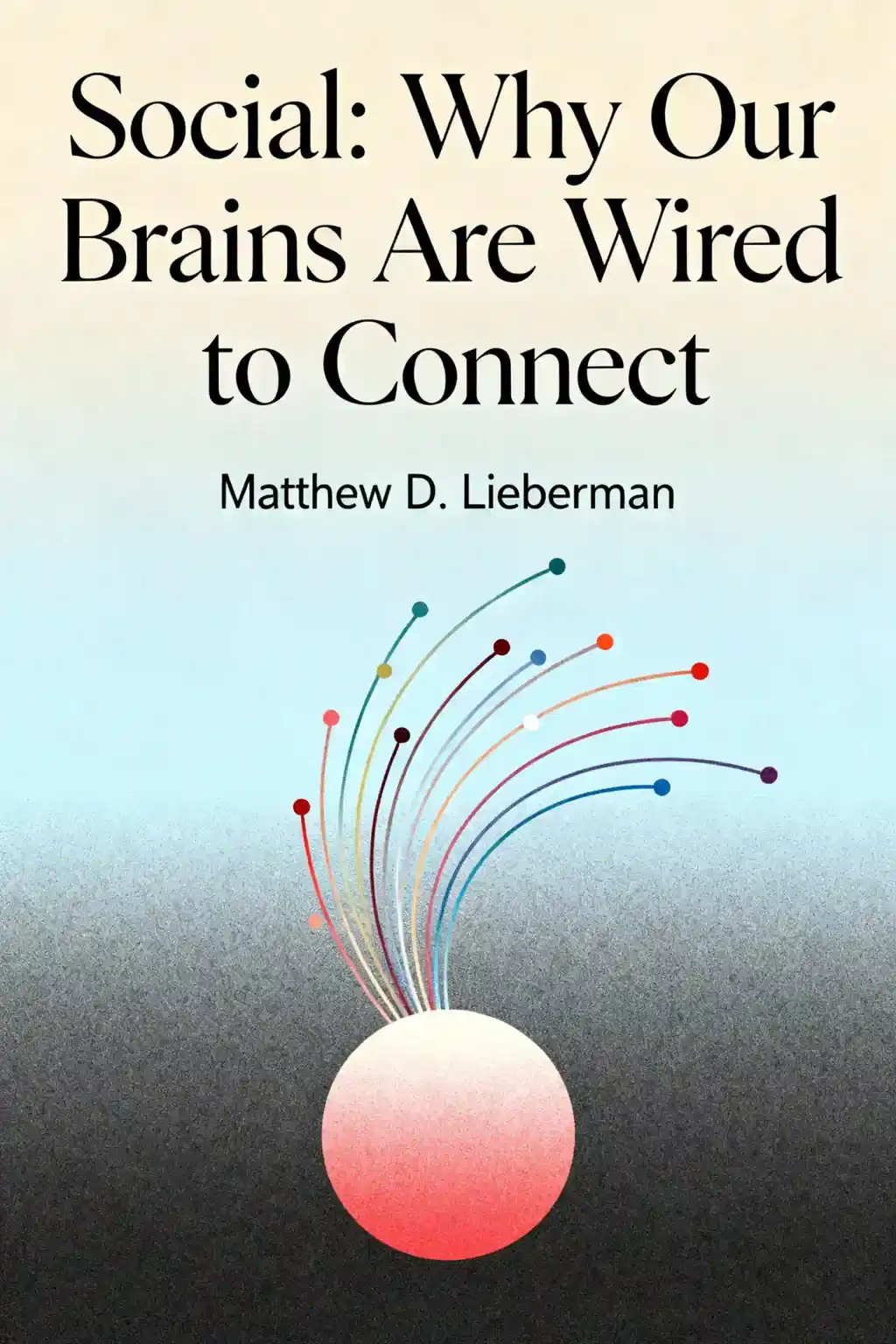
Social: Why Our Brains Are Wired to Connect by Matthew D. Lieberman Summary
Overview of Social: Why Our Brains Are Wired to Connect
Discover why social pain hurts like physical pain in Lieberman's groundbreaking neuroscience exploration. Challenging traditional education and business models, "Social" reveals our brains are fundamentally wired for connection - a revelation transforming how leading organizations approach human potential and wellbeing.
Similar books to Social: Why Our Brains Are Wired to Connect
Feel the book through the author's voice
Turn knowledge into engaging, example-rich insights
Capture key ideas in a flash for fast learning
Enjoy the book in a fun and engaging way
Quick Summary Mode - Read or listen to Social: Why Our Brains Are Wired to Connect Summary in 9 Minutes
Break down key ideas from Social: Why Our Brains Are Wired to Connect into bite-sized takeaways to understand how innovative teams create, collaborate, and grow.
Flash Card Mode - Top 11 Insights from Social: Why Our Brains Are Wired to Connect in a Nutshell
Distill Social: Why Our Brains Are Wired to Connect into rapid-fire memory cues that highlight Pixar’s principles of candor, teamwork, and creative resilience.

Fun Mode - Social: Why Our Brains Are Wired to Connect Lessons Told Through 25-Min Stories
Experience Social: Why Our Brains Are Wired to Connect through vivid storytelling that turns Pixar’s innovation lessons into moments you’ll remember and apply.
Personalize Mode - Read or listen to Social: Why Our Brains Are Wired to Connect Summary in 0 Minutes
Ask anything, pick the voice, and co-create insights that truly resonate with you.

From Columbia University alumni built in San Francisco

Get the Social: Why Our Brains Are Wired to Connect summary as a free PDF or EPUB. Print it or read offline anytime.


